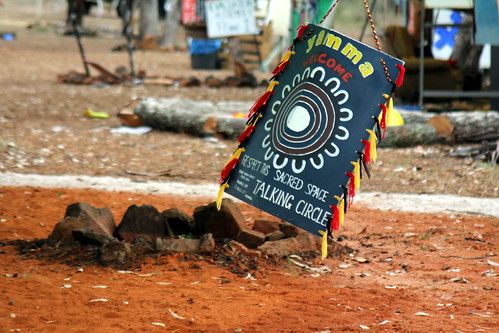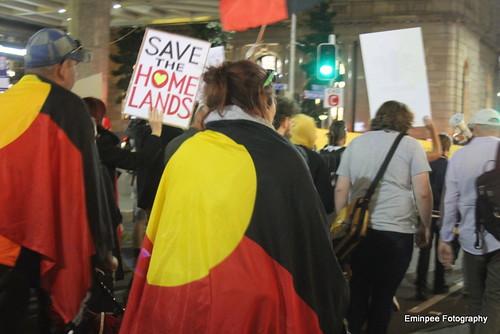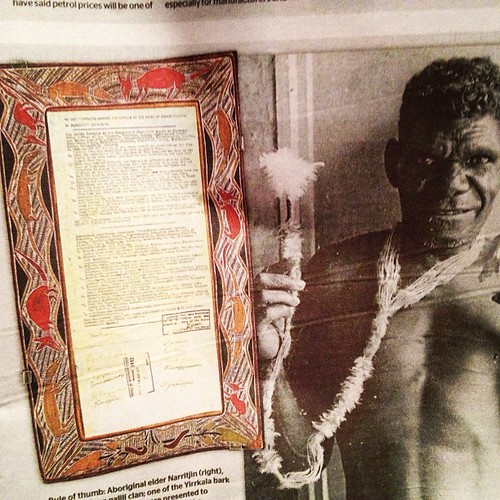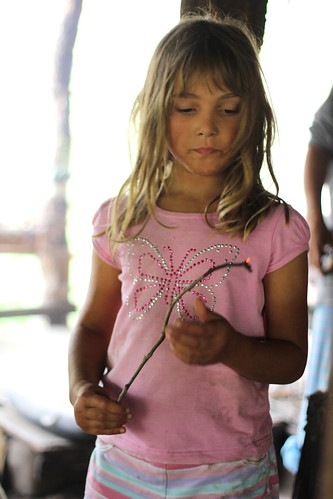Back last century on the 15th of August in 1963 I was just a little girl of four years old. The mining companies were taking the land of the Aboriginal people up north. The then well read Melbourne Age newspaper reported news from Canberra regarding a Bark Petition.
The headlines read,
"House Hears Plea in Strange Tongue."
Yirrkala artists, Dhuwa and Yirritja moieties present the Yirrkala Bark Petition of natural ochres on
bark, ink on paper, to the House of Representatives in Canberra.
Yirrkala Bark Petition, 1963
To the Honourable Speaker and members of the House of Representatives in Parliament assembled.
The Humble Petition of the Undersigned Aboriginal people of Yirrkala,
being members of the Balamumu, Narrkala, Gapiny, Miliwurrwurr people and
Djapu, Mangalili, Madarrpa, MagarrwanaImirri, Djambarrpuynu, Gumaitj,
Marrakulu, Galpu, Dhaluangu, Wangurri, Warramirri, Naymil, Riritjingu,
tribes respectfully showeth.
That nearly 500 people of the above tribes are residents of the land excised from the Aboriginal Reserve in Arnhem Land.
That the procedures of the excision of this land and the fate of
the people on it were never explained to them beforehand, and were kept
secret from them.
That when Welfare Officers and Government
officials came to inform them of decisions taken without them and
against them, they did not undertake to convey to the Government in
Canberra the views and feelings of the Yirrkala aboriginal people.
That the land in question has been hunting and food gathering land
for the Yirrkala tribes from time immemorial: we were all born here.
That places sacred to the Yirrkala people, as well as vital to
their livelihood are in the excised land, especially Melville Bay.
That the people of this area fear that their needs and interests will
be completely ignored as they have been ignored in the past, and they
fear that the fate which has overtaken the Larrakeah tribe will overtake
them.
And they humbly pray that the Honourable the House of
Representatives will appoint a Committee, accompanied by competent
interpreters, to hear the views of the people of Yirrkala before
permitting the excision of this land.
They humbly pray that no
arrangements be entered into with any company which will destroy the
livelihood and independence of the Yirrkala people. And your petitioners
as in duty bound will ever pray God to help you and us.
(English language translation of what was written below)
Bukudjulni gonga’yurri napurrunha Yirrkalalili yulnunha malanha
Balamumu, Narrkala, Gapiny, Miliwurrwurr, nanapurru dhuwala mala, ga
Djapu, Mangalili, Madarrpa, Magarrwanalmirri, Djambarrpuynu, Marrkulu,
Gumaitj, Galpu, Dhaluangu, Wangurri, Warramirri, Naymil, Riritjingu
malamanapanmirri djal dhunapa.
Dhuwala yolnu mala galki, 500 nhina ga dhiyala wanganura. Dhuwala wanga Arnhem Land yurru djaw’yunna naburrungala.
Dhuwala wanga djaw’yunna ga nhaltjana yurru yolnunundja dhiyala
wanga nura nhaltjanna dhu dharrpanna yolnu walandja yakana lakarama
madayangumuna.
Dhuwala nunhi Welfare Officers ga
Government bungawa lakarama yolnuwa malanuwa nhaltjarra nhuma gana
wanganaminha yaka nula napurrungu lakarama, walala yaka lakarama, walala
yaka lakarama Governmentgala nunhala Canberra nhaltjanna napurru ga
guyana yolnuyu Yirrkala.
Dhuwala wanga napurrunyu balanu
larrunarawu napurrungu nathawu, guyawu, miyapunuwu, maypalwu nunhi
napurru gana nhinana bitjarrayi nathilimirri, napurru dhawalguyanana
dhiyala wanganura.
Dhuwala wanga yurru dharrpalnha yurru
yolnuwalandja malawala, ga dharrpalnha dhuwala bala yolnuwuyndja
nhinanharawu Melville Baythurru wanga balandayu djaw’yun nyumukunin.
Dhuwala yolnundja mala yurru nhamana balandawunu nha mulkurru
nhama yurru moma ga daranun yalalanumirrinha nhaltjanna dhu napurru
bitjarra nhakuna Larrakeahyu momara walalanguwuy wanga.
Nuli dhu bungawayu House of Representatives djaw’yun yulnuwala nathili
yurru nha dhu lakarama interpreteryu bungawawala yolnu matha, yurru nha
dhu djaw ’yun wangandja.
Nunhiyina dhu marrlayun
marrama' ndja nhinanharawu yolnuwu marrnamathinyarawu. Dhuwala napurru
yolnu mala yurru liyamirriyama bitjan bili marr yurru napurru nha gonga
'yunna wagarr'yu.
Read More at Source : Sovereign Union.

Images @ Eminpee Fotography





